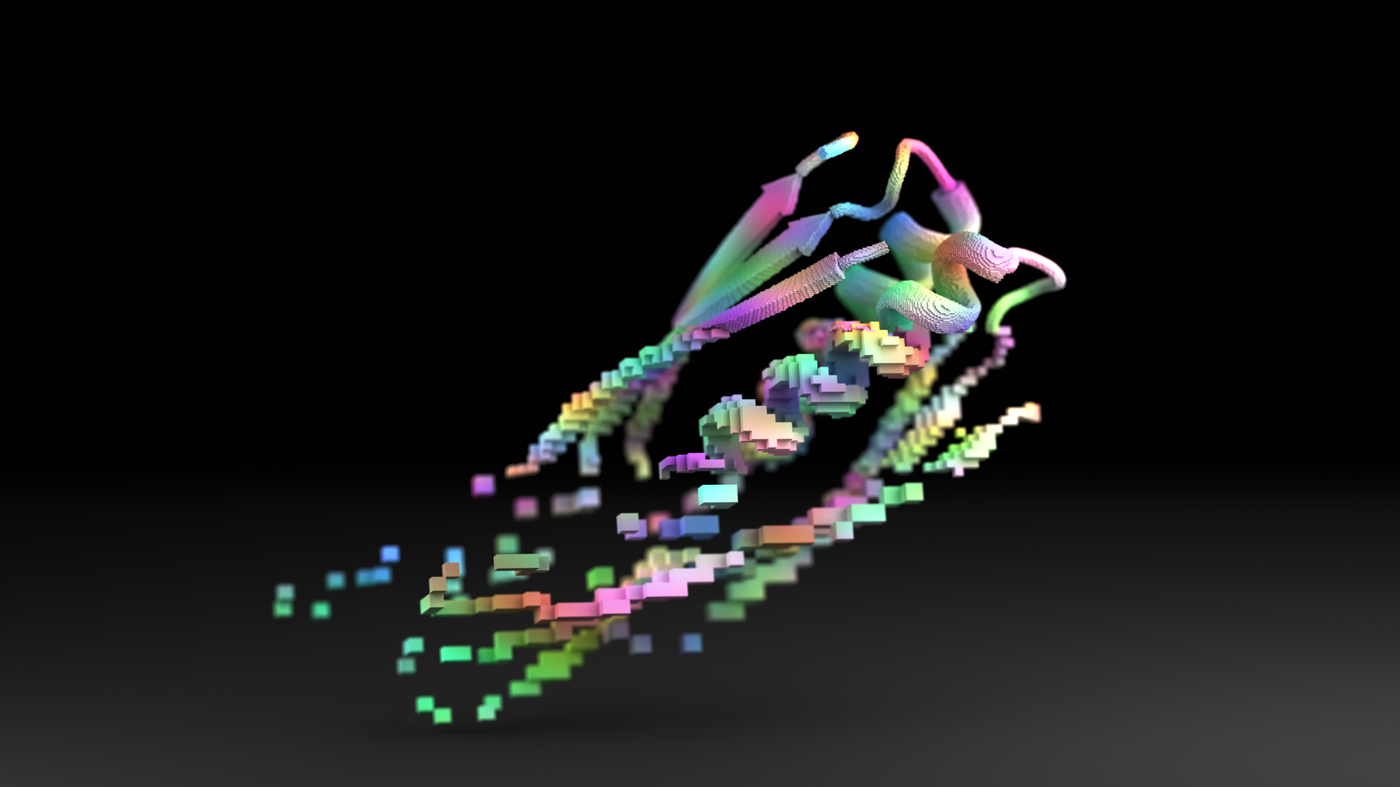
AI similar to the kind used to make images is now being used to design synthetic proteins. Scientists say its radically sped up their research.
Ian C Haydon/ UW Institute for Protein Design
Susana Vazquez-Torres is a fourth-year graduate student at the University of Washington who wants to someday invent new drugs for neglected diseases.
Lately, she’s been thinking a lot about snake bites: Around a hundred thousand people die each year from snake bites, according to the World Health Organization — and yet, she says, “the current therapeutics are not safe and are very expensive.”
Part of the problem is that developing new drugs for things like snake bites has been a slow and laborious process. In the past, Torres says, it might have taken years to come up with a promising compound.
But recently, a new tool in her laboratory has rapidly sped up that timeline: Artificial intelligence. Torres started her current project in February and already has some candidate drugs lined up.
“It’s just crazy that we can come up with a therapeutic in a couple of months now,” she says.
Artificial intelligence is promising to upend the knowledge economy. It can already code computer programs, draw pictures and even take notes for doctors. But perhaps nowhere is the promise of AI closer to realization than the sciences, where technically-minded researchers are eager to bring its power to bear on problems ranging from disease to climate change.
On Thursday, the U.S. National Academies convened a two-day meeting on the potential for AI to change science. “AI scientists can really be more systematic, more comprehensive and not make errors,” says Yolanda Gil, director of AI and data science initiatives at the…
Read the full article here

Leave a Reply